The most common method of forming the plural of a noun involves adding “-s” to the singular form. However, exceptions to this rule exist. Nouns ending in “-ch,” “-sh,” “-x,” or “-ss” require the addition of “-es” for the plural form. Similarly, nouns ending in “-o” may take either “-es” or simply “-s” for plurals. For nouns ending in “-y” with a preceding consonant, the “y” is changed to “i,” and “-es” is added.
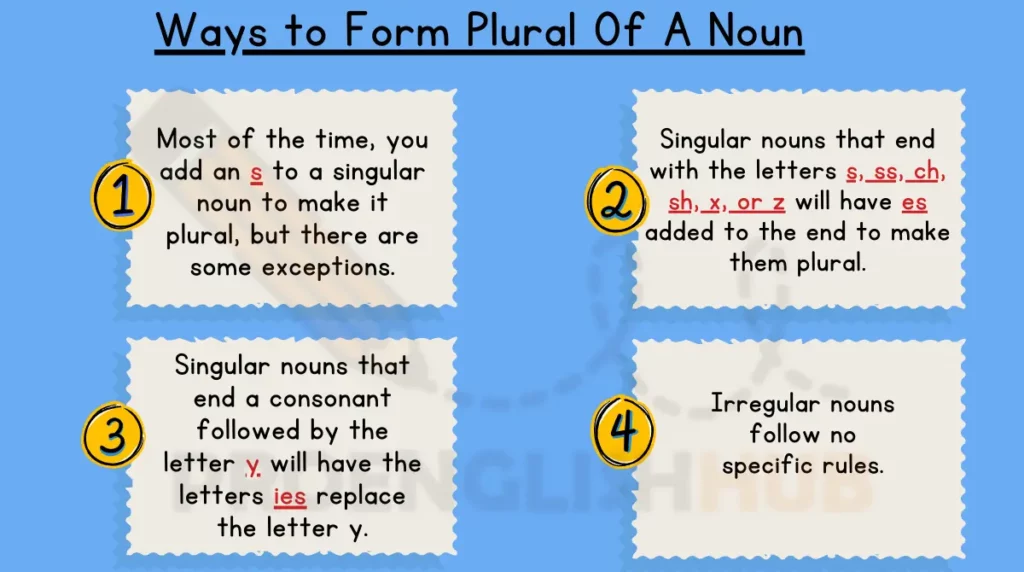
Also Read: What is Common Noun?
Table of Contents
Toggle4 Most Common Ways to Form Plural Of A Noun
Here are the most common ways to form plural of a noun:
Adding “-s”
The most common way to form the plural of a noun is by adding “-s” to the singular form. For example:
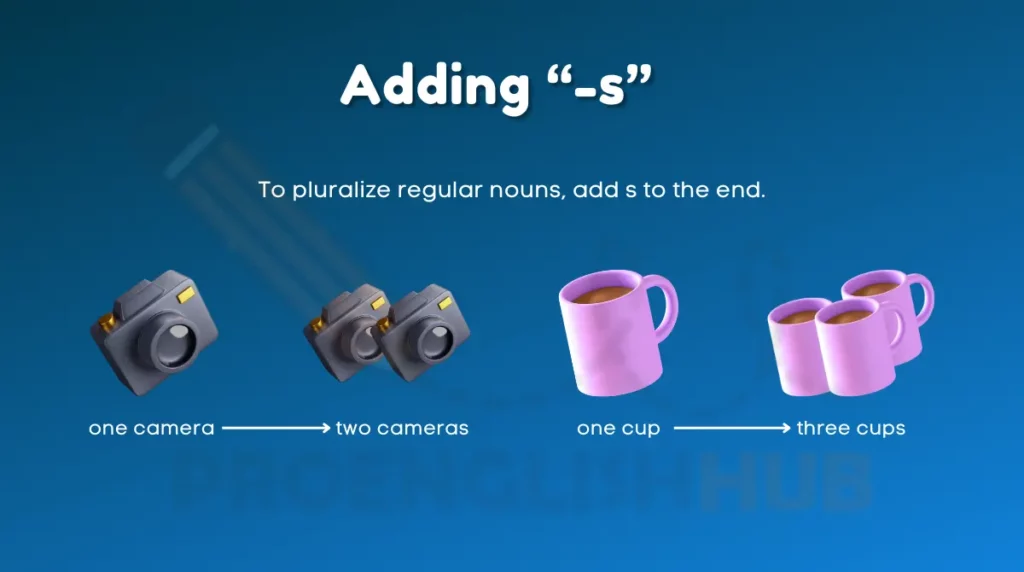
- Book becomes books
- Cup becomes cups
- Computer becomes computers
- Language becomes languages
This method applies broadly across nouns ending in vowels or consonants like “a,” “t,” “e,” etc.
Exceptions and Variations
However, some noun types undergo spelling changes or take irregular plural forms:
Nouns Ending in “-ch,” “-sh,” “-x,” “-z,” or “-s”
Words ending in hissing or spinal sounds typically add “-es” to form plural nouns:
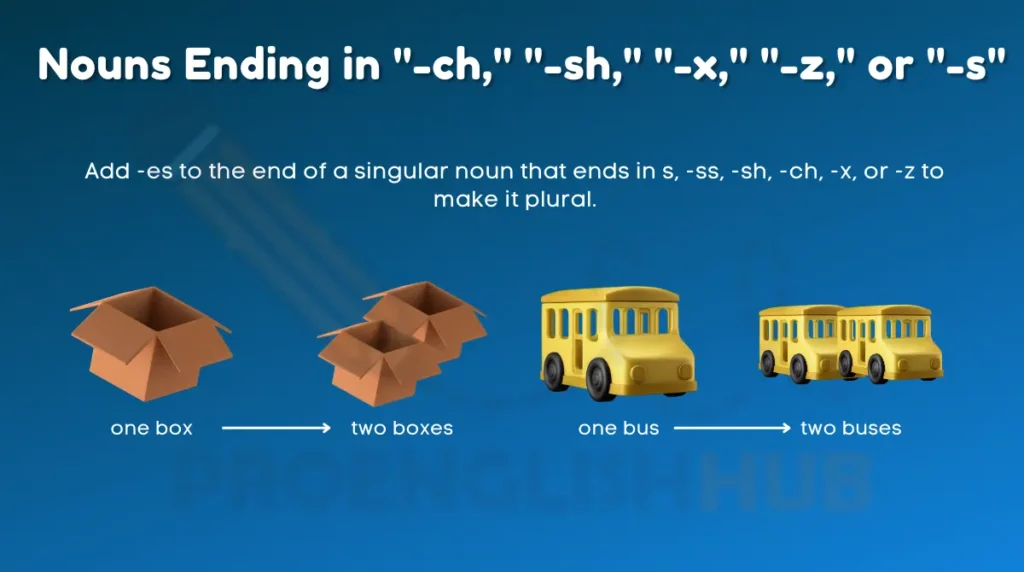
- Church becomes churches
- Bus becomes buses
- Brush becomes brushes
- Quiz becomes quizzes
Nouns Ending in “-y” Preceded by Consonants
Nouns ending in “-y” after a consonant change the “y” to “i” before adding “-es”:
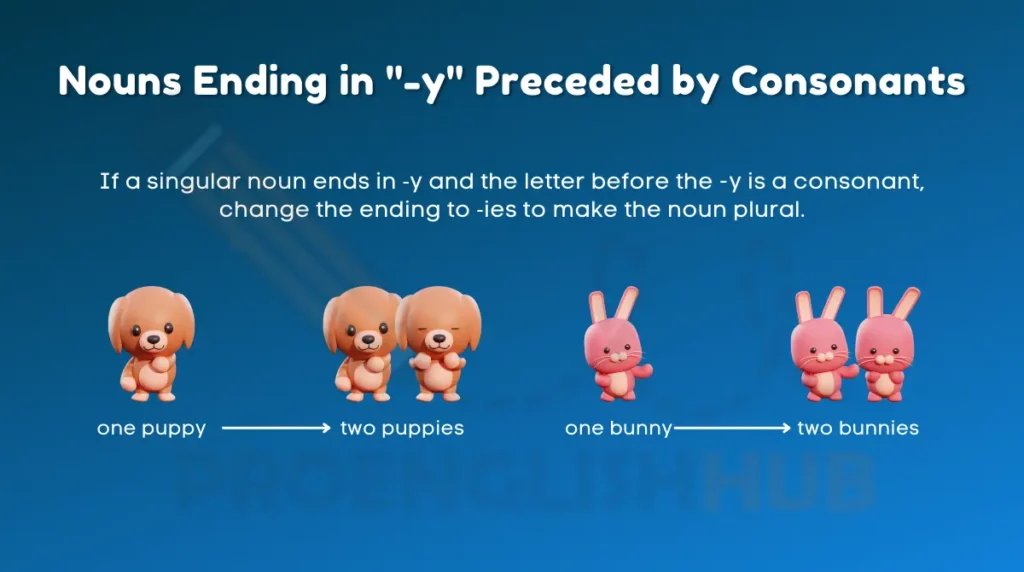
- Baby becomes babies
- Puppy becomes puppies
- City becomes cities
Irregular Plural Nouns
There is no specific rule for some nouns. Some nouns take wholly irregular plural forms:
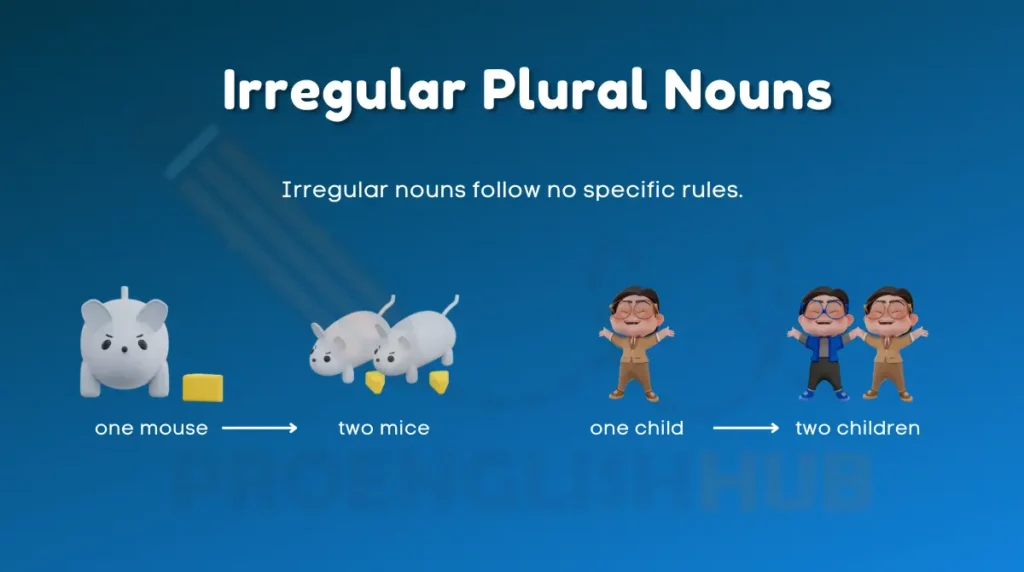
- Man becomes men
- Child becomes children
- Mouse becomes mice


